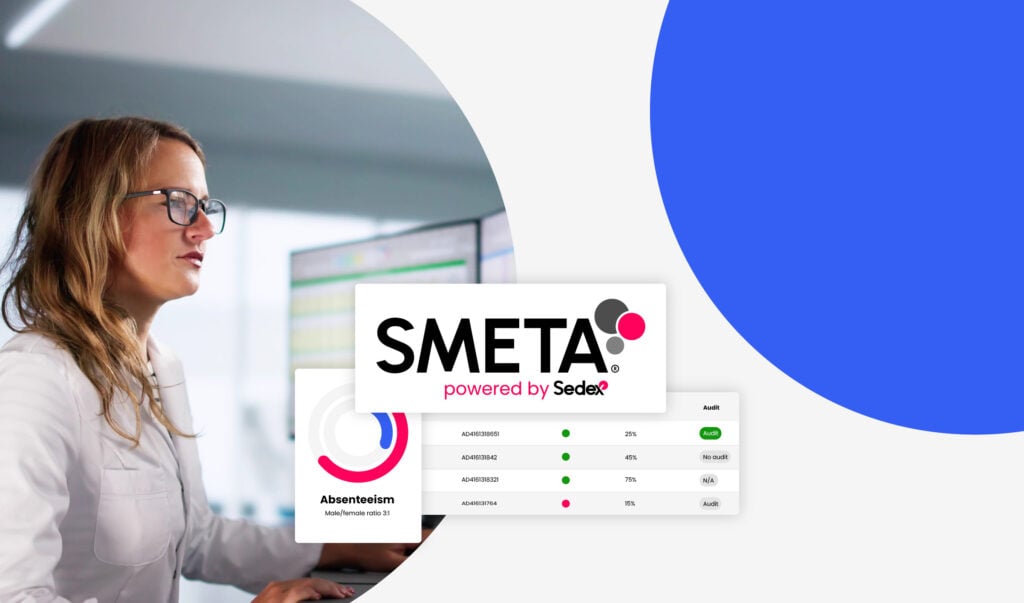Uyghur Forced Labor Prevention Act (UFLPA): What you need to know
Since its implementation on June 21, 2022, the Uyghur Forced Labor Prevention Act (UFLPA) has had a significant impact on U.S. importers. Three years on, the regulation continues to reshape how businesses manage global supply chains. With shipment detentions increasing in 2025, supply chain due diligence and visibility are more critical than ever.
The Act is part of the US government’s response to suspected forced labor camps within China’s Xinjiang Uyghur Autonomous Region (XUAR) for members of Muslim minority groups. The Act’s purpose is to ensure that American entities are not funding the suspected forced labor through goods or services produced in the region.
The UFLPA presumes that any goods mined, produced, or manufactured in whole or in part in XUAR, or by entities on the UFLPA Entity List, are made with forced labor, and therefore banned from entry into the U.S. The UFLPA Entity List is continually updated, with the most recent additions made in January 2025.
How does this affect businesses?
Many industries rely on raw materials that may originate from the XUAR. The CBP has identified several priority sectors for enforcement, including cotton and cotton products, silica-based products (e.g. polysilicon), tomatoes and tomato products, aluminum, PVC (polyvinyl chloride), seafood, and downstream goods incorporating at-risk raw materials (e.g. apparel, footwear, flooring, automotive parts).
Even if goods are assembled outside of China, companies risk enforcement action if raw materials can be traced back to restricted sources.
Under the UFLPA, the US Customs and Border Protection (CBP) has the right to seize goods from any business whose products or raw materials have ties to China’s Xinjiang region. If CBP withholds a shipment, the burden of proof lies with the importer to demonstrate that no part of the product was made with forced labor, in the XUAR, or by a listed entity. This requires extensive, verifiable documentation.
CBP also has the right to seize shipments with goods that appear on the UFLPA Entity List. The US government presumes all items on the entity list are produced with forced or indentured child labor; therefore, they are prohibited from entry into the US. See the U.S Customs and Border Protection’s (CBP) enforcement statistics here.
Enforcement examples of the UFLPA
One industry that the UFLPA has significantly impacted is the solar panel industry. The silica-based products used to make solar panels are largely produced in China’s Xinjiang region. According to the Business and Human Rights Resource Centre, as much as 3 gigawatts of solar modules have been held by CBP since the law was enacted in June 2022 (as of August 2022). It is predicted that as much as 9-12 gigawatts could be prevented from entering the US by the end of the year.
Other CBP seized goods include downstream products of cotton and tomatoes that are produced outside of the XUAR, but that incorporate cotton and tomato products sourced from the XUAR in their final product. Some examples of these downstream products are apparel, textiles, tomato sauce, and canned tomatoes.
What does UFLPA compliance involve?
Companies are expected to conduct robust human rights due diligence, including:
- A supplier Code of Conduct prohibiting forced labor
- Engagement with suppliers to assess and address forced labor risks
- Supply chain mapping and risk assessments to identify high-risk tiers
- Monitoring supplier compliance through assessments and audits
- Remediation plans if violations are discovered
If CPB seizes an importer’s goods, there are two paths to securing the release of the detained goods:
The first path is proving that the imported goods and their inputs are sourced entirely from outside the XUAR, and don’t have any connection to the UFLPA Entity List. This path requires businesses to map their full supply chains and have strong records of their suppliers.
The second path is by conceding that the goods or materials were produced in the XUAR but providing clear and convincing evidence that no part was produced by forced labor. To prove the goods were not made with forced labor, businesses need to provide evidence that conditions of forced labor were not present in the facilities of the production of their goods, including the harvesting, collection or production or the raw materials or component parts.
Collecting and reporting on this evidence requires companies to have a robust due diligence program, mapping their supply chain and maintaining strong records of supplier relationships and behaviours. Evidence to show that the 11 ILO indicators of forced labor were not present in the supply chain is required.
How Sedex can help
Sedex provides the tools and expertise to support U.S. businesses in aligning with UFLPA requirements. We can help your business with:
Supply chain mapping via the Sedex platform to visualise and document your supplier network, helping you understand where your products and raw materials originate and identify potential XUAR connections.
Risk assessment tools to identify and prioritise risks by sector, country, product, and suppliers, enabling you to focus your due diligence efforts on the highest-risk areas.
SMETA audits, the world’s most widely used ethical audit, to uncover forced labor risks and track corrective actions at the site level, providing the verifiable documentation needed for UFLPA compliance.
Centralised compliance data, enabling you to store and manage supplier evidence and documentation all in one place, streamlining your ability to respond quickly to CBP inquiries.
Sedex Consulting can help you address the Act with several actions, including:
- Designing thorough supplier due diligence programs.
- Conducting gap assessments between companies’ current approaches and the requirements of the law.
- Advising on supplier policies and procedures to communicate expectations to suppliers.
Are you interested in learning more about how Sedex can support your business with the UFLPA and other responsible business laws?



